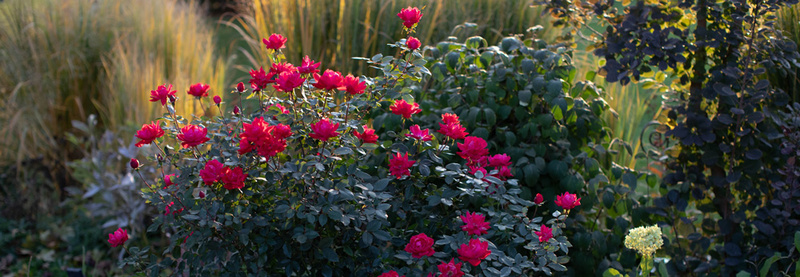
Prune Your Roses Properly
In Central and Southern Florida, count on your roses growing and blooming all year long. In the northern parts of the state, they’ll still thrive for nine months every year. Not bad! To keep them growing strong, prune them the right way.
Dating back at least to the time of the Romans, roses have long been the quintessential flower of love and romance. They inspired Shakespeare, woo potential lovers, and sell out every Valentine’s Day. We won’t attempt to give relationship advice, but you can trust the guidance below for pruning your roses.
Benefits of Pruning
Some benefits of pruning your roses might seem obvious, while others will be apparent only to those who pay close attention to the health of these beautiful plants. Whether you’re attempting to grow the next prize-winners in your area or just enjoy the aroma around the yard, it’s worth enumerating some of the benefits of pruning.
Here are a few:
- Regulates plant height, which is especially important for the varieties that can grow to over six feet
- Improves the form of the bush, increasing its aesthetic appeal
- Increases air circulation as excess plant material is removed
- Allows more light to penetrate, stimulating growth
- Keeps bushes from growing into walkways, patios, and other trafficked areas
- Prevents overcrowding as roses grow into other plants
Clearly, pruning is a critical component of nurturing roses. If it is so important, the question that follows is how to do it properly.
Proper Pruning
In North and Central Florida, pruning should happen in mid-February to early March (Southern Floridian growers should prune in early December). The list above reflects how pruning helps, but rose bushes only gain the full benefits when pruning is done properly.
February/March is the time for a major annual pruning. At this time, shorten the main canes, reducing their height by one-third to one-half. Cut back the lateral branches, too. Next, remove stray, dying, or dead branches. Prune crossed branches to shape the bush as desired. When all is said and done, ensure three to five main stems remain.
When pruning a whole branch, make a clean cut where it joins the main cane. Other cuts should be made just above dormant buds—this encourages quick healing and helps prevent dieback. All your major cuts should be made now, but you can plan for another light pruning in August.
Fertilizing
Another component of February/March rose care that we’d be remiss not to include is fertilizer application. Like pruning, rose bushes get the most out of a fertilizer regimen when it is properly completed.
All fertilizing should consider the variables unique to the need, including season, location, and plant maturity. Roses are no exception, so start with a formula developed specifically for these flowers. The best fertilizers contain controlled-release nitrogen and micronutrients that deliver precisely what the rose requires for optimal growth.
Experienced rose growers in North and Central Florida typically recommend monthly applications beginning mid-February (now!) and continuing through the middle of November. Southern Floridians can apply fertilizer year-round. Follow fertilizer instructions, reducing the application amount for shrub roses, old garden roses, and smaller plants.
In Conclusion
Pruning is essential for rose care, but its numerous benefits can only be capitalized on when the practice is done correctly. In mid-February, complete an annual pruning and begin monthly fertilizer applications to ensure your roses grow strong and healthy this year.